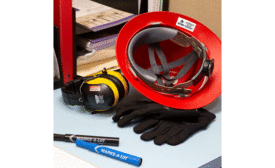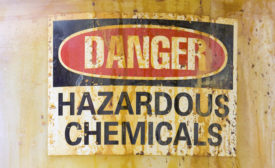Thought Leadership

How to help new employees stay safer
Proper training is important for all workers, especially those who are new to your company and its unique safety standards
December 3, 2019
5 steps to creating a safety culture
Don't "soft sell" safety: Rules are rules
March 22, 2019
Complying with the EPA’s Hazardous Waste Generator Improvements Final Rule
Generators must indicate the hazards of hazardous contents, but have flexibility in doing so
March 19, 2019
Never miss the latest news and trends driving the safety industry
eNewsletter | Website | eMagazine
JOIN TODAYCopyright ©2024. All Rights Reserved BNP Media.
Design, CMS, Hosting & Web Development :: ePublishing









Recent Comments
In addition to the personal hardship and loss...
No one will know the answer to this...
Bad drivers don't have to ruin your day...
Healthcare workers face a number of serious safety...
In my experience, truck drivers are treated with...